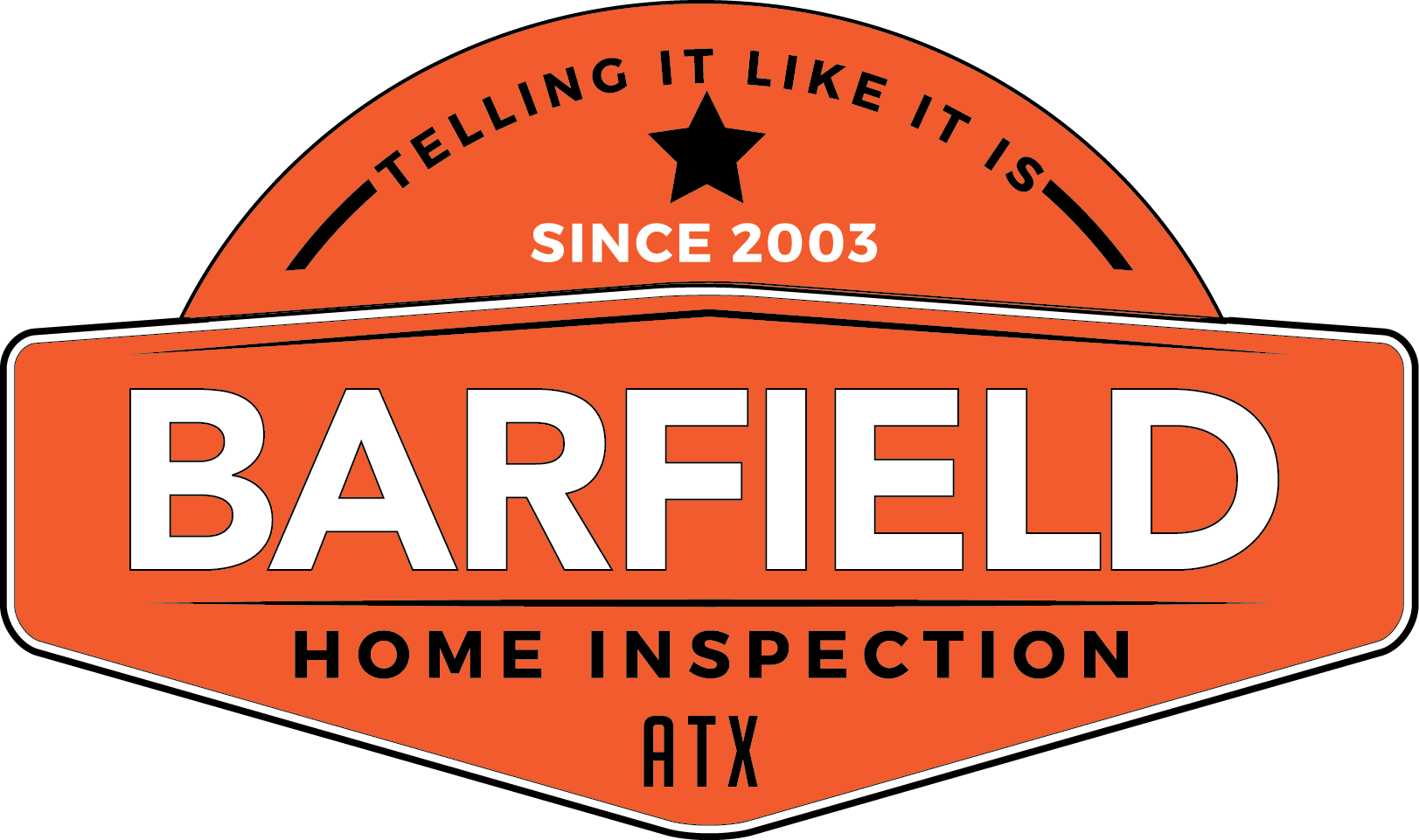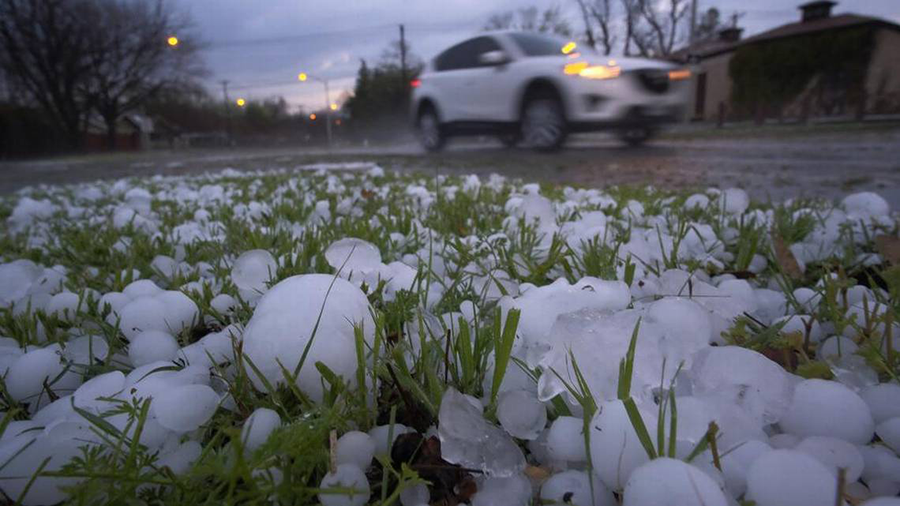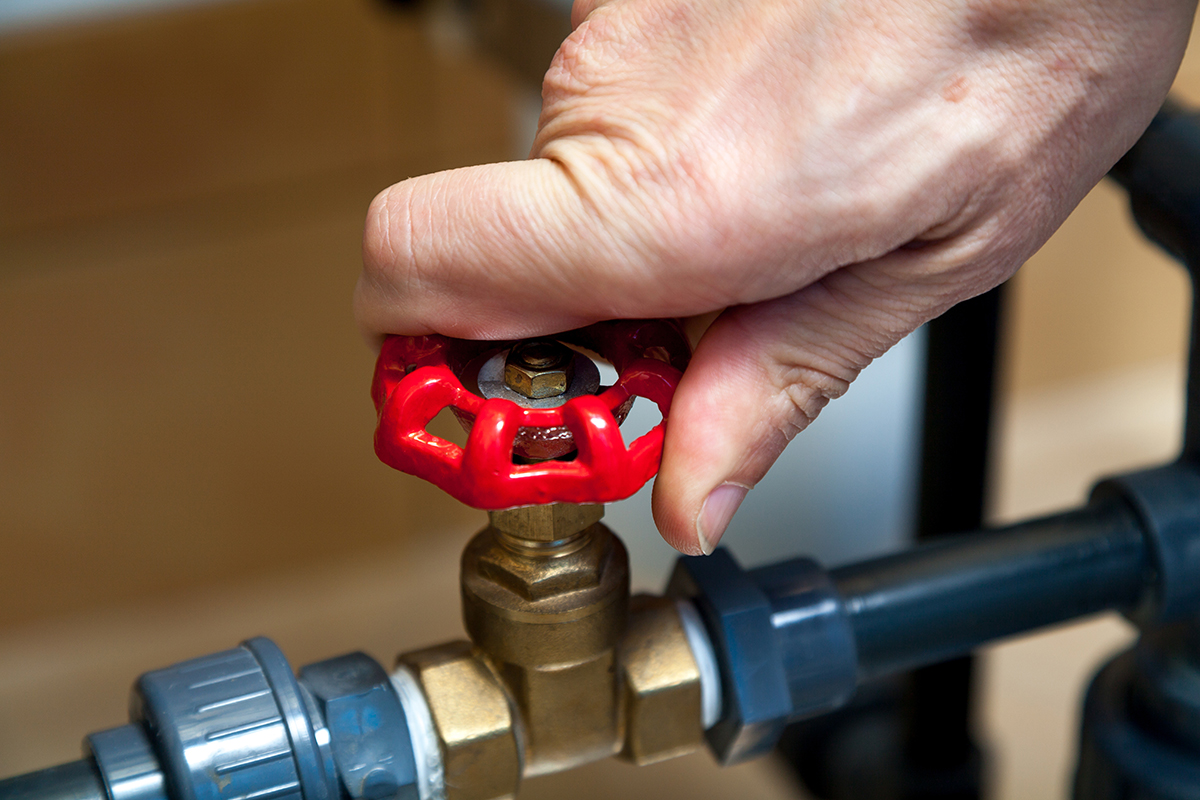
After a hard winter and a rainy spring, Memorial Day weekend – the unofficial start of summer – has finally arrived! We take grilling (and Texas barbecue in particular) seriously at Barfield Home Inspection, and think you should, too! Here are a few tips to help you get your outdoor cooking area fit for action this summer, all while keeping your home safe:
Start with a deep cleaning. Under ideal circumstances, you would regularly clean your grill and smoker. But hey, we get it – life is busy! Before you start your summer outdoor cook-athon, give all surfaces a thorough cleaning to eliminate grease accumulation which can cause flare ups.
Keep an extinguisher handy. Per your family’s fire safety plan, you should have at least one working fire extinguisher in your home. Be sure to place it within arm’s reach along with easy access to your water hose. If you need to purchase a fire extinguisher, now is the time! Visit your neighborhood home maintenance store before the holiday.
Keep your distance. As you enjoy outdoor time, make sure your grill is at least two feet away from all surfaces. This includes fencing, decks, outdoor equipment, and yes, your home!
Keep a lid on it. Check propane tanks for cracks, holes and leaks which can cause explosions. Make sure gas isn’t leaking from your tank by making a solution of dish soap and water and rub it on hoses and connections. Then, turn the gas on (with the grill lid open.) If the soap forms large bubbles, that’s a sign that the hoses have tiny holes or that the connections are not tight enough. Repair or replace these pieces accordingly!
We hope you have a great, safe summer kickoff. For more home maintenance and inspection tips and tricks, be sure to follow us on Facebook and Instagram @barfieldhomeinspection. If you’re looking for advice from the horse’s mouth, tune into “Under the Roof with Randy Barfield,” streaming on Apple, Spotify, or wherever you get your podcasts.











